ZPF, a new shmup arriving on the Genesis, has quite a talented team behind it, including members behind the amazing Tanzer. The game boasts some amazing visuals, deep gameplay, huge bosses, and a great soundtrack. It’s been cooking for quite some time now, and it’s almost time for Genesis owners to eat – and from the way the Kickstarter is going, it looks like they’re going to eat well!
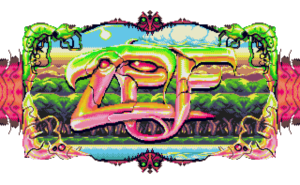 Sega-16 got a chance to play the game’s latest build, and it’s been significantly refined since the demo released earlier this year. That version was about a year old, and the development team has been tweaking and refining things to make ZPF as tight as possible. There’s virtually no sprite flicker or slowdown, despite the large amount of enemies and bullets onscreen at any one time. ZPF isn’t a “bullet hell” shooter by any means, but it tosses its fair share of shots at you. Enemies are large and colorful, and they can stand quite a beating, even on the game’s easiest difficulty setting. To top it off, the soundtrack is chock-full of FM synth goodness that shmup fans are going to love.
Sega-16 got a chance to play the game’s latest build, and it’s been significantly refined since the demo released earlier this year. That version was about a year old, and the development team has been tweaking and refining things to make ZPF as tight as possible. There’s virtually no sprite flicker or slowdown, despite the large amount of enemies and bullets onscreen at any one time. ZPF isn’t a “bullet hell” shooter by any means, but it tosses its fair share of shots at you. Enemies are large and colorful, and they can stand quite a beating, even on the game’s easiest difficulty setting. To top it off, the soundtrack is chock-full of FM synth goodness that shmup fans are going to love.
Playing this latest version, I find ZPF to be a much smoother experience overall that last year’s demo, and it’s clear that a ton of love and effort is going into making the game one of the top shmups on the Genesis. It’s amazing to think that ZPF is all the work of just three talented people, and we had the luxury of chatting with them about the game’s development.
Sega-16: How did the development team get together? Was it specifically to make ZPF?
ZPF Team: I knew Michael/Mix from the old System11 Shmups forum years ago, so we were both well into the genre and had already worked on our own games. I’ve known JGVex/Jamie since I was a kid. One day in 2019, I was talking to Michael about letting him use some sprite sheets from an old project (the original unfinished PC incarnation of ZPF) and using whatever he pleased for a new Genesis/MD game. Then, I gradually had to get more and more involved just to utilize them properly.
As for Jamie, he had already had experience with NES music trackers from a fun side project we had done for his brother’s dental practice called Cavity Destroyer, so moving onto making music in Deflemask wasn’t a huge leap. It definitely took a while to shape the sound of the game; but I think it was worth it.
Sega-16: How large is the team?
ZPF Team: Three people. Me (Gryzor), the creator, graphics, and overall design guy; Michael/Mix, the coder and hardware wizard who got the ball rolling in 2019; and JGVex/Jamie the musician.
Sega-16: Was the team inspired by any classic titles?
ZPF Team: So many! Just from what I was playing at the time when I was working on the old PC version: Lightening Force/Thunderforce 4, Elemental Master, Lords of Thunder, Gate of Thunder, the Legend of Valkyrie, R-Type, Kingdom Grand Prix – you name it!
Sega-16: What kind of development tools are you using? Did you have to create any custom tools?
ZPF Team: It started on SGDK and then evolved to using custom C along with a suite of great custom editing tools made by Michael/Mix. For art, I use Cosmigo ProMotion and JGVex/Jamie uses Deflemask.
Sega-16: Genesis has some of the best shmups of all time. Did you feel like you had to do something special to make ZPF stand out?
ZPF Team: People have already told me how unique it looks on the system and having a mix of elements/themes is already uncommon within the genre, so I feel I had a good head start on that point already without really having to try. In the end, I felt it was much harder just to fully flesh everything out.
Sega-16: Genesis shmups are often known for how they use the hardware for special effects or tons of enemies on screen. What can we expect from ZPF?
ZPF Team: It’s not a full-on effects show like a Treasure, Konami, or WolfTeam game; but we did get to do some interesting warping/line shifting stuff for some of the backgrounds. Hopefully, just having a good-looking game that plays well is enough.
Sega-16: Could you give us some more detail on the risk/reward “cash in” mechanic and how it works?
ZPF Team: Basically you can either spend medals you collect on power boosts, extra lives, hints, etc., or you can keep them to cash in at a higher value later. Completing the game also counts as a cash in, so it’s possible to beat the game holding a massiv e amount of medals, completely ignoring the shop. We deliberately put that in for the singularly score-focused player.
Sega-16: Without giving anything away, is there anything you can tell us about how the secrets work?
ZPF Team: There are several secret bosses to fight and each requires a pair of hidden keys to find. If you play well and beat all of them, there is an even greater nemesis to fight. The only hint I’ll give is we let you choose your ship before each stage for a reason, so choose wisely. 3. How deep is the story? Are there cut scenes or text to further it during the game? I wouldn’t say it’s terribly deep; but there’s a fair amount more story in there than I expected to have initially. Mostly it’s just what you get visually from the stages, and some a bit more direct if you chat up the shopkeeps. The endings are the only real cutscenes (partly since we constantly worried about ROM space.) Most of the differences are in text; but I did have to account for a decent amount of outcomes.
Sega-16: If the game sells well, are you open to a sequel?
ZPF Team: Yes, I have many ideas written down already. Related spin-off games on other systems would hopefully be an option too.
Sega-16: Does the team have any other games planned after ZPF launches?
ZPF Team: Our coder (Mix/Michael) has several other Mega Drive games in the works he’s done pretty much solo, and I always have many unfinished PC projects I’m trying to inch towards completion. I’d like us all to work together on something else, no question, though.
Sega-16: The Genesis seems to be in a shmup renaissance now, with other new games announced, like Yuzo Koshiro’s Earthion and Pscd’s Cyber Mission. Why do you think the genre has suddenly become so popular again on the console?
ZPF Team: It’s one of the most popular and accessible retro consoles, it’s built for speed – which you always want for this genre – and there’s been a solid string of high profile, quality indies the last few years. The genre itself is always a good entry point for new game developers, too…. so, I think it’s easy to see why the momentum has kept going.
Our thanks to Mega Cat Studios and the ZPF team for taking the time for this interview.

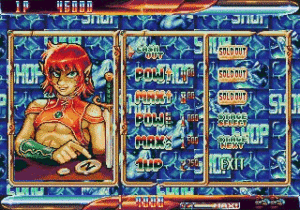
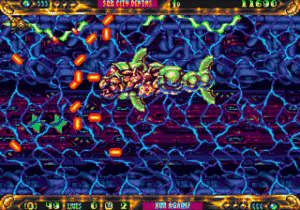
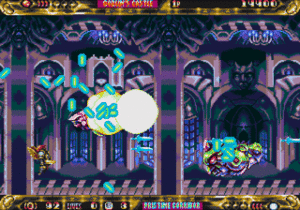
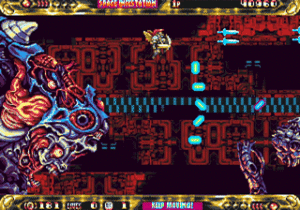
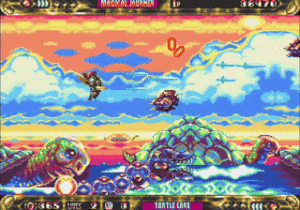
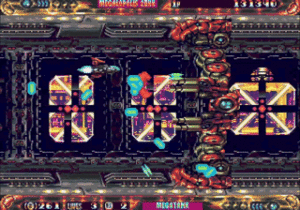
Recent Comments